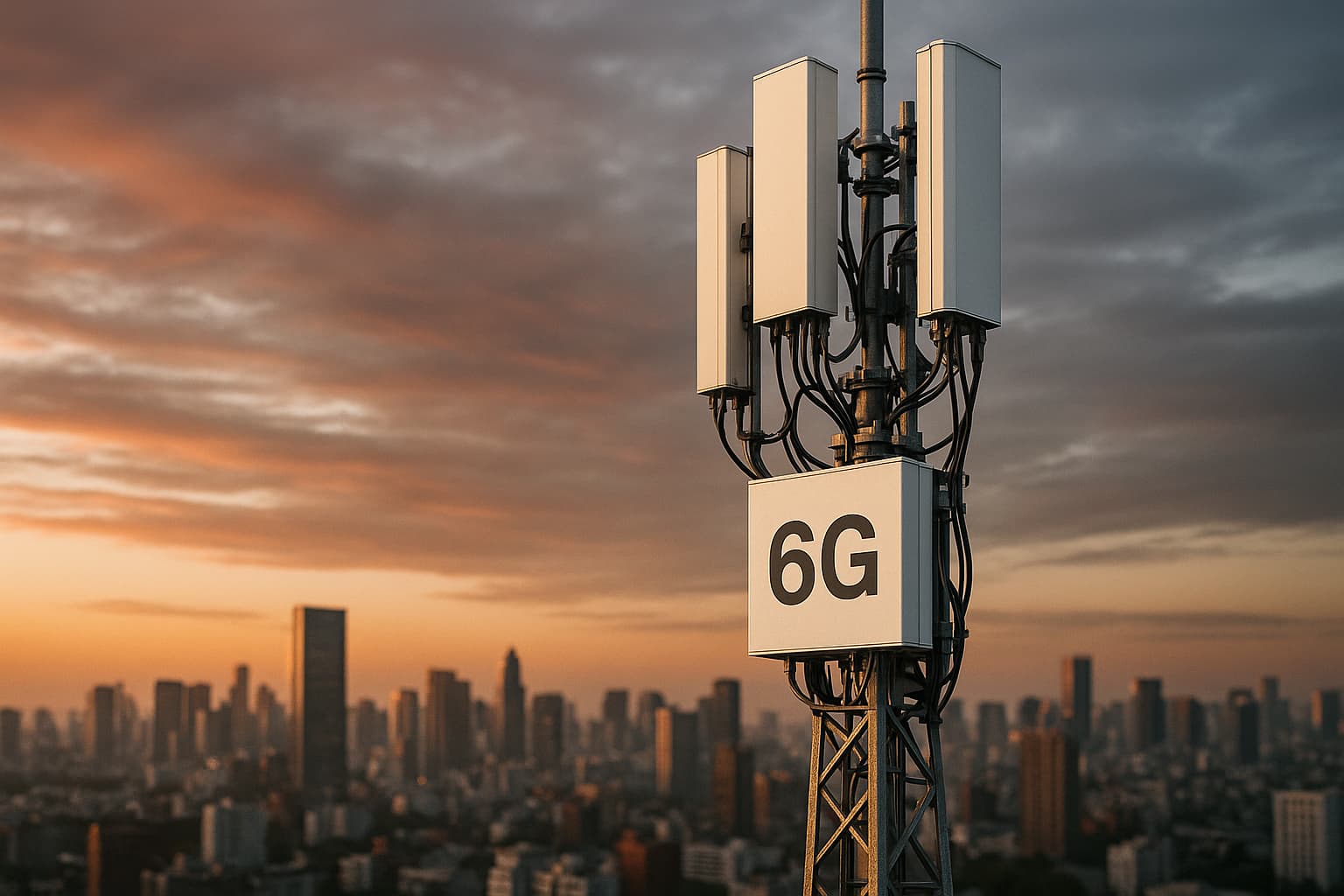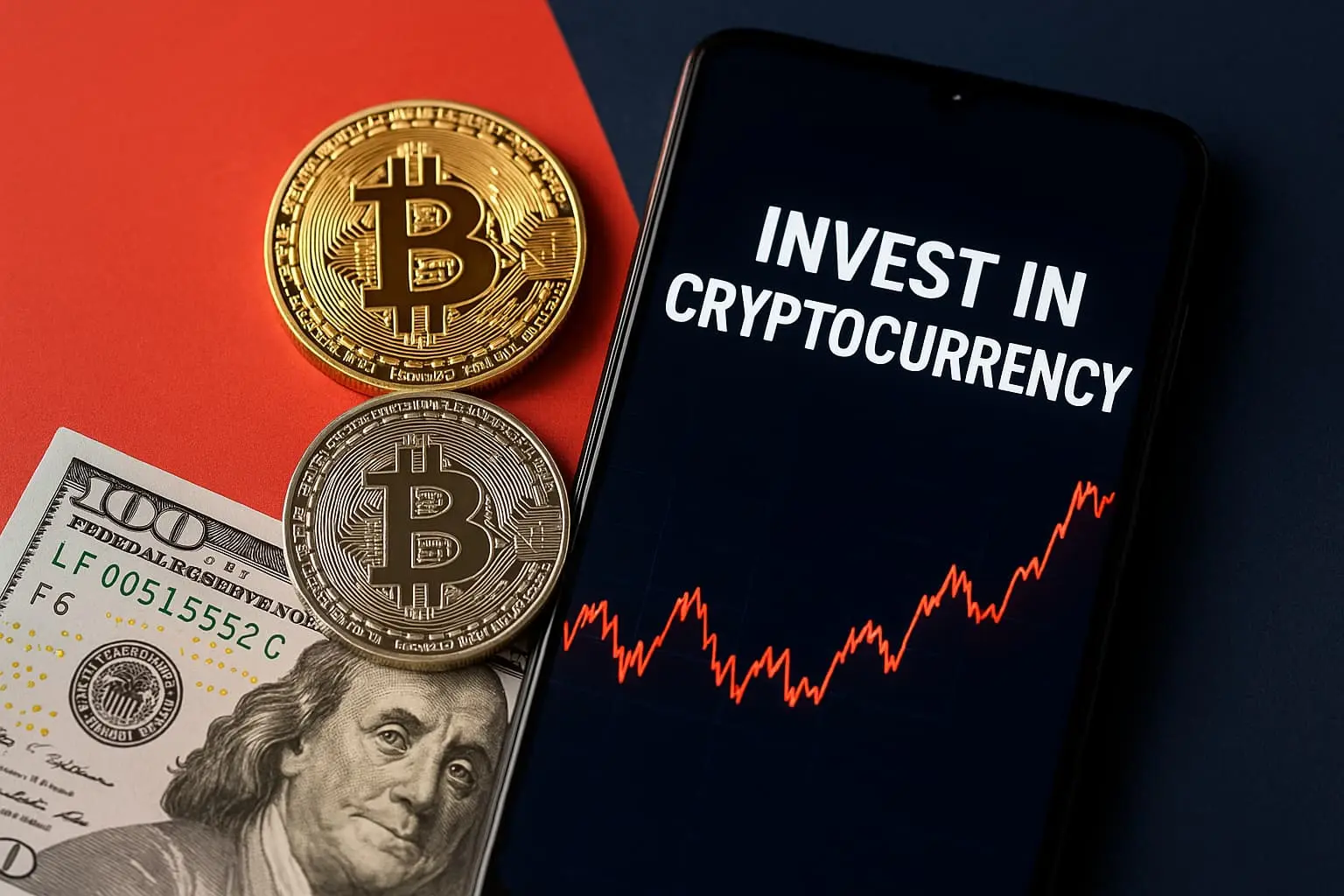While many of us are still getting used to 5G speeds, tech insiders and researchers are already looking ahead to what’s next: 6G. Naturally, questions are starting to pop up:
When is 6G coming out?
Is it going to be faster? How will it affect our lives?
Although the technology is still being developed, there are already strong signs of what to expect — and when. Here’s everything you need to know about when 6G is coming, what it could change, and why it matters.
1. When Is 6G Coming Out? Most Experts Say Around 2030
The most common question is: when is the 6G coming? Right now, the general industry consensus is that 6G will be launched commercially around 2030.
Why such a long wait? Developing a new generation of wireless technology usually takes about 10 years — and since 5G began rolling out around 2019–2020, it makes sense that 6G is still several years away.
Still, research is in full swing, and many experts believe we could see early trials and test deployments between 2028 and 2029. By 2030, the first real-world applications could start appearing in major cities.
2. 6G Research Is Already Underway Around the World
Even though your phone won’t connect to 6G anytime soon, global research efforts are already underway. If you’ve been wondering 6G — when is it coming, the answer is: sooner in the lab, later in your pocket.
Here’s what’s happening:
- Samsung launched a 6G research center and released its first 6G whitepaper in 2020.
- Nokia is leading Europe’s 6G Flagship program out of Finland.
- Huawei has invested millions into 6G development since 2019.
- The U.S.-based Next G Alliance is pushing for North American leadership in 6G.
- Japan, China, and South Korea have already begun experimental 6G testing.
So if you’re asking when is 6G network coming out, the answer is: the groundwork is being laid right now.
3. 6G Will Be More Than Just Faster Internet
Yes, 6G will be mind-blowingly fast — estimates suggest up to 1 terabit per second, making it 100x faster than 5G. But speed isn’t the whole story.
6G will offer:
- Sub-millisecond latency — enabling true real-time communication.
- Fully immersive AR and VR experiences — think holograms, not just screens.
- Smart infrastructure — connected everything: homes, cities, transportation, and health.
- AI-native networks — where artificial intelligence powers how networks operate and respond.
When people ask when is 6G internet coming out, they’re really asking: when can we live in a fully connected world? The answer: slowly, starting from 2030.
Comparison Table: 3G vs 4G vs 5G vs 6G
| Feature | 3G | 4G | 5G | 6G (expected) |
| Launch Period | Early 2000s | 2009–2012 | 2019–present | 2028–2030 (expected) |
| Max Speed | ~2 Mbps | ~100 Mbps – 1 Gbps | Up to 10 Gbps | Up to 1 Tbps (1,000 Gbps) |
| Latency | ~100 ms | ~50 ms | ~1 ms | <1 ms |
| Main Use Case | Mobile web browsing | HD video, apps | IoT, AR/VR, low-lag gaming | Holograms, smart cities, AI |
| Devices Supported | Smartphones | Smartphones, tablets | IoT devices, autonomous cars | Holographic devices, robots |
| Network Type | Circuit-switched + packet | Fully packet-switched | Cloud-native, virtualized | AI-native, ultra-intelligent |
| Energy Efficiency | Low | Moderate | High | Extremely high |
| Coverage | Global | Global | Still expanding | Not yet deployed |
📌 This table shows just how big a leap 6G will be compared to what we’ve seen before. It’s not just an upgrade — it’s a whole new way of thinking about connectivity.
4. You Won’t See 6G on Your Phone Right Away
Even if the first 6G network launches in 2030, it doesn’t mean you’ll be using it right away. Just like with 5G, the rollout will be gradual, starting in select cities and countries before expanding globally.
Consumer-level 6G smartphones, laptops, and wearables might not arrive until 2032 or later.
So for those asking when 6G is coming to their device, the answer is: be patient. The network comes first — the gadgets come later.
5. The Global Race for 6G Is Intensifying
The race to lead 6G development isn’t just about faster phones — it’s about setting global standards, owning patents, and shaping the future of digital life.
- China launched a 6G test satellite in 2020 and is investing heavily in R&D.
- South Korea aims to begin commercial 6G services as early as 2028.
- The U.S. is focused on building a secure, competitive 6G ecosystem through public-private partnerships.
- The EU is funding 6G innovation via programs like Hexa-X.
Whoever wins this race may shape not only when 6G is coming out, but also how it operates, how it’s priced, and how private (or public) it is.
Bonus: Why It’s Worth Following 6G Now
You may be thinking, “If 6G won’t be here for years, why should I care now?”
Here’s why:
- Investment is happening today — billions of dollars are going into R&D.
- Policy decisions are underway — which will affect your privacy, data, and costs.
- New career paths are opening — in telecom, AI, engineering, and cybersecurity.
- It affects everyone — from how you work, travel, learn, and connect with others.
Final Thoughts: So, When Is 6G Coming?
Let’s recap:
- When is 6G coming out? → Most likely around 2030.
- When is 6G network coming out? → Limited rollouts may start 2028–2029.
- When is the 6G coming to consumers? → Expect real access in 2030–2033.
- When is 6G internet coming out worldwide? → Full adoption by mid-2030s.
- 6G — when is it coming to your pocket? → After device manufacturers catch up post-2030.
So yes, 6G is coming, but not tomorrow. In the meantime, the work happening now will define the digital experience of the next generation.









Leave a Reply